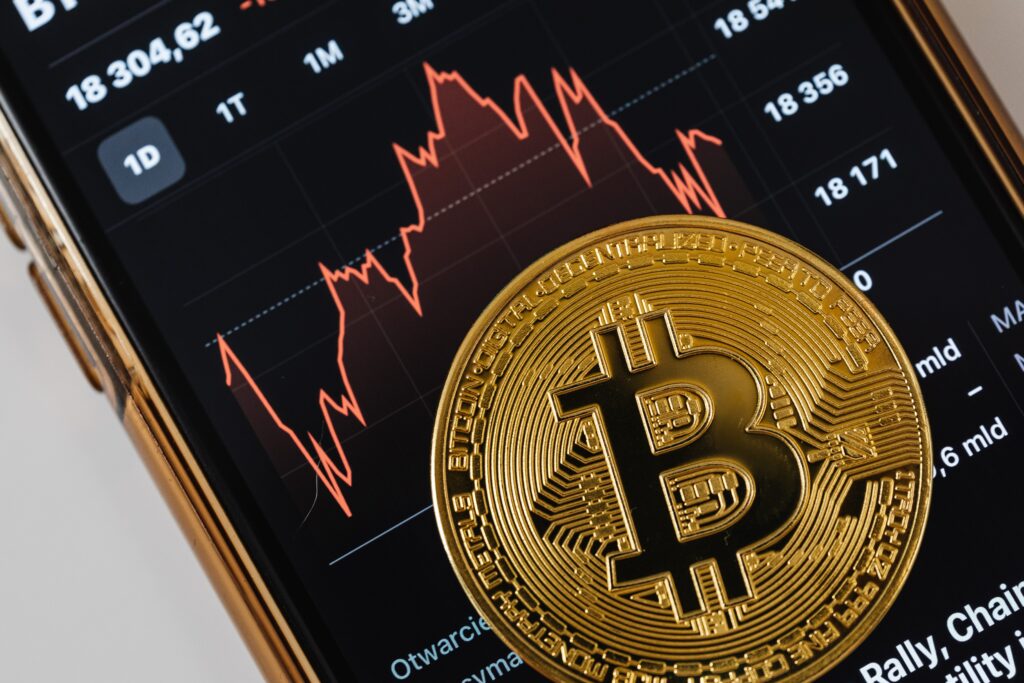
This information is not legal advice. Do your own research before making any decisions. Only invest what you can afford to lose and seek independent financial advice if needed. Understand the risks involved before purchasing any cryptoassets.
by Koinat | Jan 11, 2024 | Market News | 0 comments

With the long-awaited approval of spot Bitcoin exchange-traded funds (ETFs) in the U.S., speculations about a potential 30% crash in Bitcoin’s price have circulated. However, there are compelling reasons to believe that such a scenario is unlikely, and Bitcoin might even experience a 10% rally before a minor pullback.
One key factor supporting this optimism is the significant percentage of long-term Bitcoin holders, currently standing at around 70%. These investors, known for their HODLing strategy, are unlikely to sell their holdings at the current price of $46,000, especially when anticipating future all-time highs, potentially exceeding $100,000.
The recent disclosures from ETF applicants, including BlackRock, reveal reasonable fees for their products, ranging from 0.2% to 0.59%. This competitive fee structure indicates a strong focus on asset acquisition, reminiscent of the fee wars seen among providers of broad-market index ETFs in the early 2010s.
Notably, the ETF providers have ambitious asset acquisition goals, suggesting an expectation of bringing billions into Bitcoin rapidly. BlackRock, Invesco, and ARK alone could inject $11 billion into Bitcoin within a year if they meet their targets.
This approval marks Bitcoin’s recognition as a legitimate, regulated investment asset, akin to gold. Consequently, billions of dollars are expected to flow into the ETFs, attracting interest not only from traditional investors but also from crypto-savvy individuals. Major platforms like Coinbase are poised to benefit from increased interest, influencing the broader cryptocurrency market following Bitcoin’s price action.
The current dynamics of Bitcoin ownership further dispel the notion of a 30% sell-off. As of October, 76% of Bitcoin hodlers are long-term holders, having patiently waited for this moment. The wrong phase in the cycle for them to sell, coupled with the anticipation of reaching new highs, suggests limited selling pressure from this group.
While short-term traders might contribute to a short-lived pullback upon reaching certain strike prices, historical patterns show such corrections are typically followed by rebounds. The ETF’s impact will coincide with the Bitcoin halving in 2024, historically associated with significant rallies to new all-time highs.
Considering these factors, a Bitcoin price surge of 25% to 30%, reaching around $60,000 in 2024, seems plausible. While potential threats like increased regulatory scrutiny and global macroeconomic conditions exist, the overall outlook for 2024 appears optimistic as Bitcoin takes a step towards mainstream acceptance.
This information is not legal advice. Do your own research before making any decisions. Only invest what you can afford to lose and seek independent financial advice if needed. Understand the risks involved before purchasing any cryptoassets.